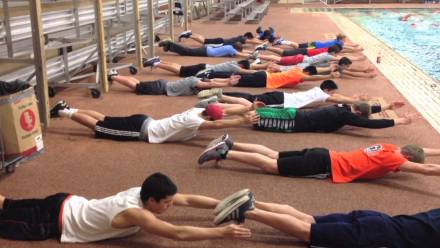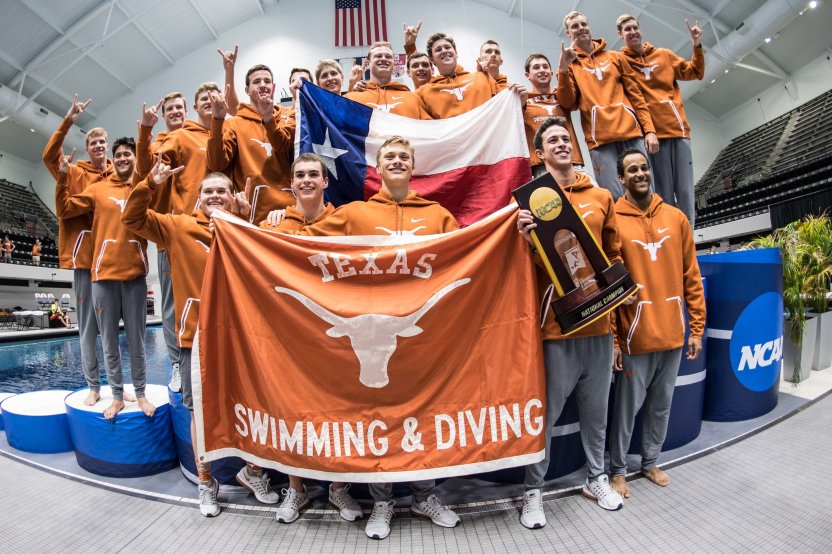
Throughout this blog post, we have touched on the four swim strokes, different drills for each, and even discussed other aspects outside of the pool to help you in the water, from dryland exercises to mental training. Through these posts, I hope you learn basic things swimming can teach you in life. Here is what I hoped you learn from the sport:
- You have to work hard to get what you want: Nothing in life comes easily, but it can be easier if you work hard. Some days you will not feel like it, but in the
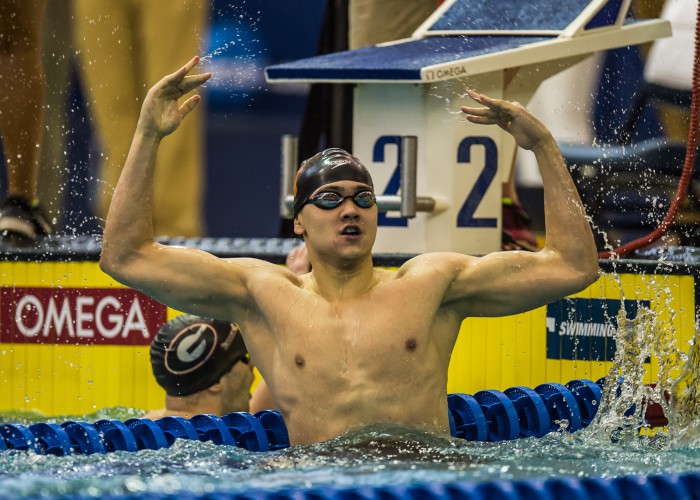 end, you will thank yourself.
end, you will thank yourself. - You Learn How to Cope with Failure: As stated above, you have to work hard to get what you want. Yet many times, you do not achieve the goals you want and you wonder why you are wasting your time. Instances like this will teach you how to be mentally tougher.
- You Learn to Discipline Yourself: Every day you choose to go to practice is teaching yourself how to stick with something. Some days you might hate it, other days you do not.
- How you lose is as important as how you win
At the end of the process, you will be glad you started this journey and your body and mind will thank you too.

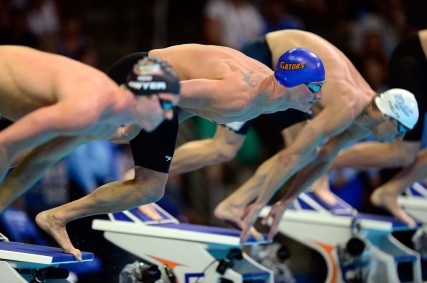 Do you feel ready to finally get up and race in a real competition setting? Whether that is in the form of a triathlon, US Masters Swimming, or you just want to see how it feels. Starts from a block are one of the best ways to improve your race time and see if you have quick reaction skills.
Do you feel ready to finally get up and race in a real competition setting? Whether that is in the form of a triathlon, US Masters Swimming, or you just want to see how it feels. Starts from a block are one of the best ways to improve your race time and see if you have quick reaction skills.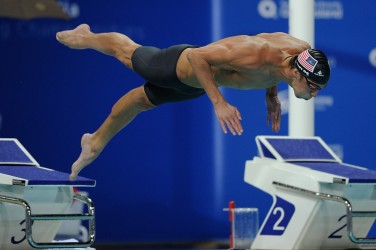 Let’s say your pool does allow you to dive off the blocks. On the blocks, you are going to stagger your feet, having your dominant foot in the front and the other foot behind it. Your dominant foot should have your toes slightly over the edge and your other foot should only have the balls of your foot to the toes on the block. The heel of your less dominant foot should be lifted up, to help you push off the block.
Let’s say your pool does allow you to dive off the blocks. On the blocks, you are going to stagger your feet, having your dominant foot in the front and the other foot behind it. Your dominant foot should have your toes slightly over the edge and your other foot should only have the balls of your foot to the toes on the block. The heel of your less dominant foot should be lifted up, to help you push off the block.
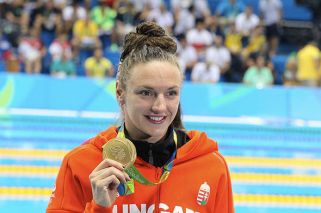
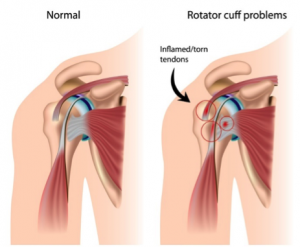 where the tendons in the area are either inflamed or torn. I injured my right rotator cuff muscles when I was 13, and then tore the tendons a few years later. This injury is commonly known as swimmer’s shoulder.
where the tendons in the area are either inflamed or torn. I injured my right rotator cuff muscles when I was 13, and then tore the tendons a few years later. This injury is commonly known as swimmer’s shoulder.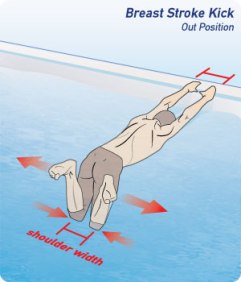
 I am not the best breaststroker, so I have provided a link to breaststroke kick drills, which can be found
I am not the best breaststroker, so I have provided a link to breaststroke kick drills, which can be found 


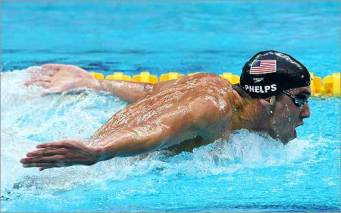
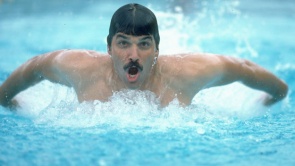

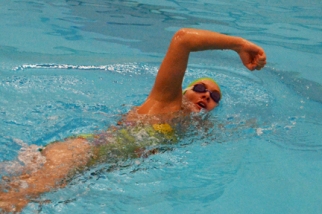 hands in a fist position, making it extremely hard to grab the water. If you really want to spice it up, do this drill (by each 50 yards – 2 laps):
hands in a fist position, making it extremely hard to grab the water. If you really want to spice it up, do this drill (by each 50 yards – 2 laps):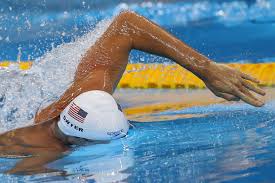
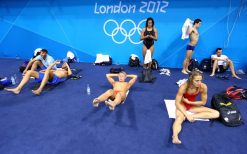 hard time training one’s muscular strength. Another plus of dryland is that it is essentially cross-training, and everyone knows staring at a black line or the ceiling can be exceptionally boring.
hard time training one’s muscular strength. Another plus of dryland is that it is essentially cross-training, and everyone knows staring at a black line or the ceiling can be exceptionally boring. 